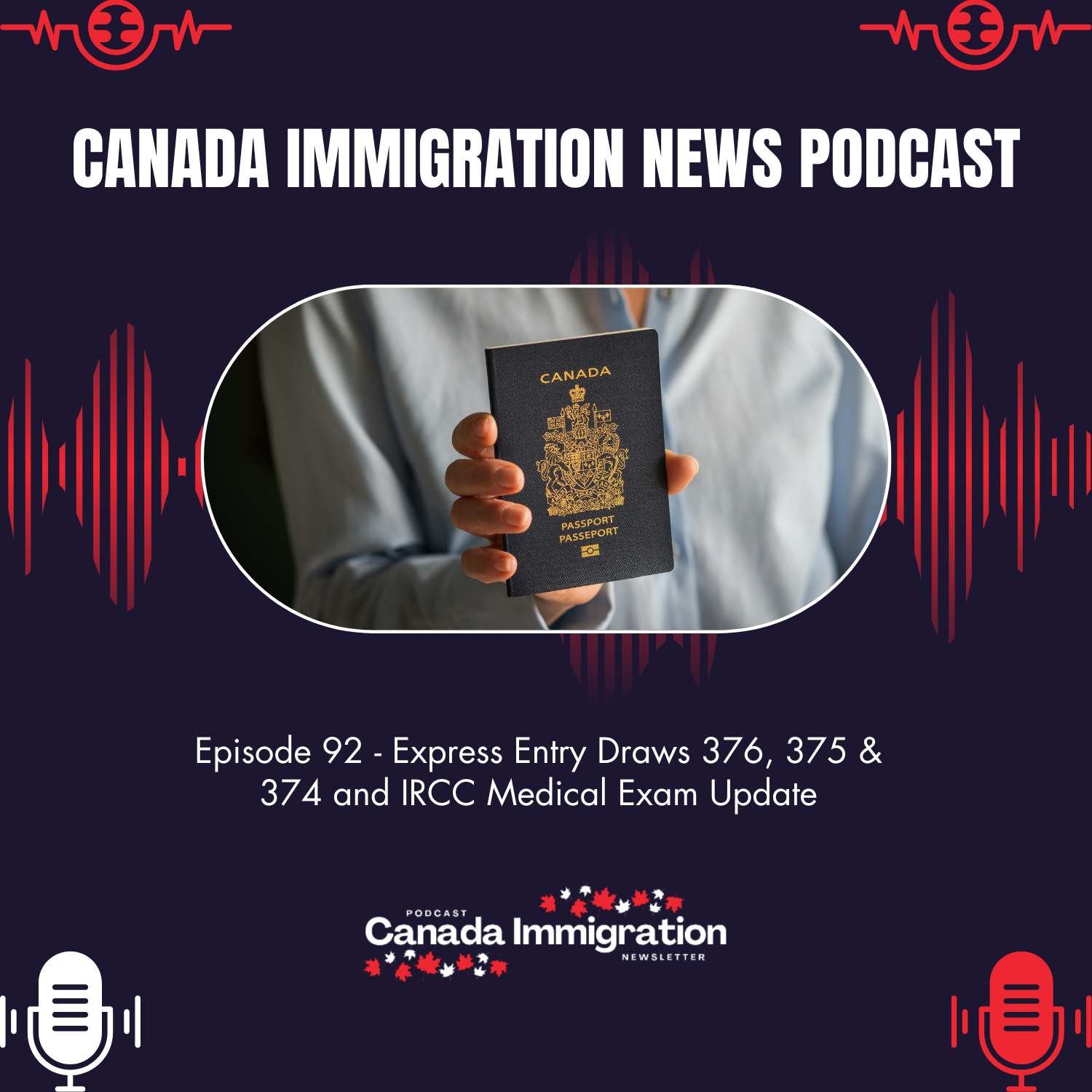Study in Canada
IRCC Exempts Graduate Students from Enrolment Cap

IRCC exempts graduate students from the enrolment cap starting January 1, 2026, giving public universities a clearer path to grow their research programs without being restricted by the national limit on undergraduate enrolment. For many institutions, this shift arrives at the perfect moment: graduate departments have been stretching resources to attract qualified international talent, especially in fields where hands-on research drives innovation. With the exemption in place, universities no longer need provincial attestation letters for master’s and doctoral students, and doctoral applicants will now benefit from a 14-day study permit process.
How IRCC Exempts Graduate Students from Enrolment Cap Changes the Landscape
The federal shift marks a major turning point for graduate education. Programs that depend heavily on international students have struggled with uncertainty since the introduction of enrolment controls earlier this year. Graduate students work closely with faculty, manage specialized projects, and often fill roles that require advanced technical background. Because of this, delays in study permit processing can disrupt entire labs and research cycles.
Removing the attestation letter requirement eliminates one of the biggest administrative hurdles. Instead of waiting for provincial approval before moving forward, students can apply straight to federal authorities. That one-step change reduces delays and gives universities more time to finalize funding packages, assistantships, and lab placements.
The 14-day processing window for doctoral candidates is equally significant. Some applicants used to wait months before receiving approval, which pushed them to accept offers from universities in other countries. A two-week timeline makes Canada far more competitive on the global stage. Since the faster processing extends to family members, it also improves the experience for candidates who relocate with spouses or children.
New Opportunities for Universities and Applicants
With a more efficient system in place, universities can revisit projects that were put on hold due to uncertain enrolment planning. Engineering departments can restart postponed design labs, biomedical teams can commit to new experiments, and social science units can plan longitudinal studies with confidence that students will arrive on schedule. This stability helps supervisors allocate resources, renew grants, and coordinate multi-year research projects.
Graduate students, especially those in STEM fields, often arrive with professional backgrounds or prior research experience. This makes them valuable contributors not only to academic teams but also to industries that recruit postgraduates directly from campuses. By smoothing the permit process, Canada strengthens the link between academic training and future skilled immigration.
The exemption also lowers stress for applicants navigating the admissions pipeline. Without the attestation letter step, students can move from acceptance to permit submission more quickly. For those facing expiring employment contracts, funding deadlines, or study deferrals, this efficiency can be decisive.
A Wider Policy Context
Canada continues to manage growth in the temporary resident population, particularly among undergraduate international students. Housing shortages, strained campus services, and rapid expansion at some institutions led the federal government to tighten controls. Graduate students, however, represent a smaller and more specialized group. They tend to integrate quickly, rely less on transitional housing, and often contribute directly to economic sectors tied to research and development.
By exempting them, Canada is effectively prioritizing the talent pipeline that feeds industries such as tech, health sciences, advanced manufacturing, and engineering. It’s a targeted adjustment rather than a broad expansion. The exemption for graduate-level study gives universities the space and certainty they need to build stronger research programs while offering students a clearer, faster path into Canada’s academic and professional landscape.























